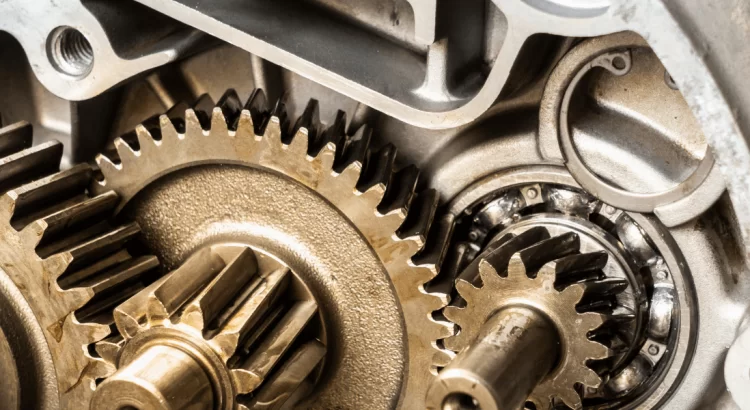Mobile:+86-311-808-126-83
Email:info@ydcastings.com
types of agitator impellers
Types of Agitator Impellers A Comprehensive Overview
In the realm of industrial mixing, agitator impellers play a crucial role in enhancing the efficiency of various processes. These devices are integral components in mixing vessels, providing the necessary agitation to ensure that materials are uniformly blended. Understanding the different types of agitator impellers is essential for selecting the appropriate one for specific applications. This article will explore various types of impellers, their functions, and their applications.
1. Propeller Impellers
Propeller impellers are among the simplest and most widely used types of agitators. They typically consist of two or three blades and rotate around a shaft. The design of propeller impellers allows them to create a high flow rate with relatively low shear, making them ideal for mixing low-viscosity liquids. They are commonly used in applications like wastewater treatment, chemical processing, and food and beverage production.
2. Anchor Impellers
Anchor impellers feature a flat blade that resembles an anchor, designed specifically for high-viscosity fluids. They work effectively by scraping the walls of the tank, which helps incorporate thicker materials into the mix. Due to their efficiency in handling viscous substances, anchor impellers are predominant in the production of paints, adhesives, and cosmetics.
Turbin impellers are characterized by multiple flat blades mounted at an angle on a central hub. This design facilitates both radial and axial flow, making them versatile for different mixing applications. Turbin impellers excel in creating turbulence, which is beneficial for enhancing mass transfer and ensuring thorough blending of heterogeneous mixtures. They are suitable for a wide range of industries, including pharmaceuticals, chemicals, and food processing.
types of agitator impellers

4. Paddle Impellers
Paddle impellers consist of flat blades mounted on a shaft and are designed to create a gentle mixing action. The paddle design allows them to create a significant shear force while being less aggressive than other impeller types. This property makes paddle impellers suitable for delicate applications, such as emulsification, where maintaining the integrity of the mixed components is crucial. They are widely used in the food industry for blending sauces and dressings.
5. Dissolver Impellers
Dissolver impellers are specifically designed to promote the dispersion of solid particles into liquids. They typically feature a disc shape with teeth or projections that create intense agitation and high shear forces. This design helps break down solids and disperse them evenly throughout the liquid medium. Dissolver impellers are commonly used in the production of paints, inks, and various chemical products where solid dissolution is essential.
6. Screw Impellers
Screw impellers utilize a helical blade design that provides a unique mixing action. As the impeller rotates, it moves the fluid along the direction of the screw, generating a significant flow and promoting mixing. This type of impeller is particularly effective in applications involving slurries and other complex mixtures. They are often found in the food industry and in chemical plants dealing with thick, viscous materials.
Conclusion
Choosing the right agitator impeller is vital for achieving optimal mixing results in any industrial process. The type of impeller selected depends largely on the viscosity of the materials being mixed, the required shear forces, and the specific application at hand. By understanding the different types of agitator impellers available—propeller, anchor, turbin, paddle, dissolver, and screw—engineers and operators can effectively enhance their mixing processes, leading to improved product quality and operational efficiency.
-
Understanding Metal Casting TechniquesNewsApr.02,2025
-
Understanding Exhaust Manifolds for Enhanced Engine PerformanceNewsApr.02,2025
-
The World of Metal FabricationNewsApr.02,2025
-
Key Components for Pump and Turbo EfficiencyNewsApr.02,2025
-
Essential Tools for Automotive Maintenance and RepairNewsApr.02,2025
-
Durable Valve Components for Effective Water ManagementNewsApr.02,2025











